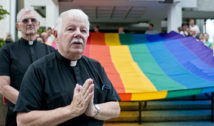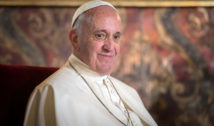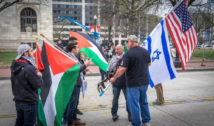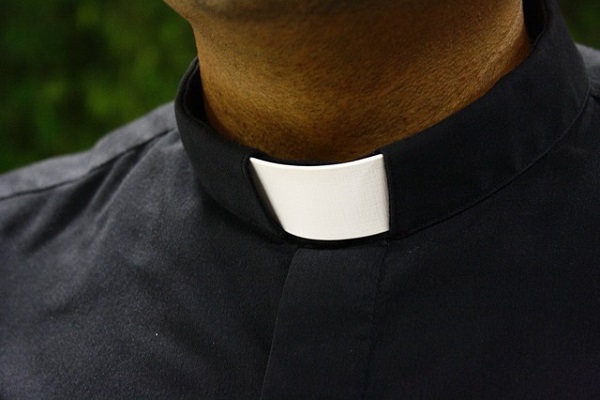
6 Types of Unique Garments Explained
- By Alison Lesley --
- 28 Sep 2019 --
Six Religions that have distinguishing dress codes and the symbolism behind them.
It is quite difficult to identify an individual’s faith based on appearance alone. But for the heads or leaders of certain religious groups, it is simple because all of them have their unique and distinguishing religious outfits. Thus, it’s easy to identify a Catholic priest, a Jewish rabbi, Muslim imam, Buddhist monk or perhaps a Sikh. But why do these groups wear what they wear? Are there meanings behind those costumes and accessories?
Here are six religions which have distinguishing dress codes including the symbolisms behind such outfits:

The Catholic clergy is noted for having multiple sets and types of outfit. The most basic of which include the cassock, robe and black suits. Additionally, priests wear clerical collar that is attached to the basic clergy shirt. The dress code for Catholic priests was standardized during the time of Pope John Paul II. The Directory for the Ministry and Life of Priests explains the reason for the standardization “It is particularly important that the community be able to recognize the priest, man of God and dispenser of his mysteries, by his attire.”
![By Allie Caulfield [CC BY 2.0], via Wikimedia Commons](http://www.worldreligionnews.com/wp-content/uploads/2015/08/1024px-Buddhist_monks_Laos-2009.jpg)
Aside from their shaved hair, Buddhist monks are noted for their simple and bright yellow-orange robes. They also wear basic slippers as footwear. For the nuns, they usually wear a bathing cloth together with a vest. From the moment Buddhist monks and nuns enter the monastery, they pledge to live a really simple life. The robes also symbolize “uniformity of intention.”
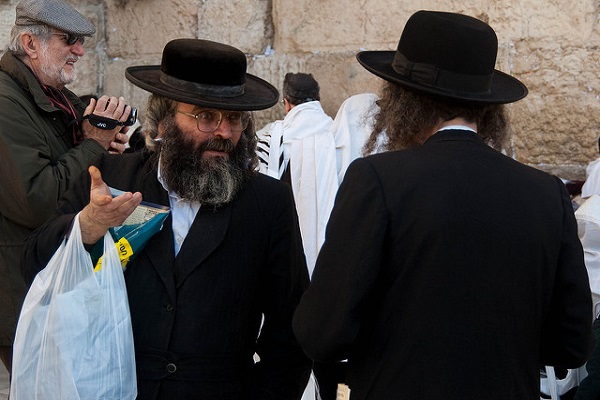
Men who belong to the Orthodox Jewish tradition are known for their long black robes. This according to the Chabad guidelines signifies the “lack of concern for color and other dictates of fashion, and thus helps keep priorities straight.” On the other hand, women generally cover their hair and keep their skirts well below the knees as a symbol of modesty. The Torah also prohibits the “rounding off the corners” of the head which explains why certain men keep their payot or side-curls.
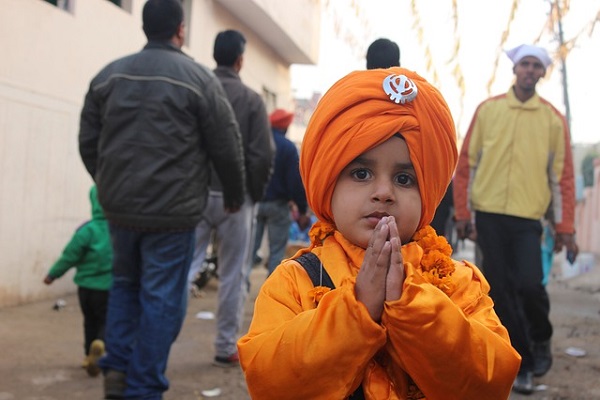
The most noticeable peace of accessory for the traditional Sikhs is the turban or dastar which, according to the Sikh Coalition, symbolizes piety and dedication. Members of the faith also have their hair unshorn. The dress code for members was instituted by the faith’s Guru Gobind Singh which called it the five articles of faith in 1699. The five articles include a loose undergarment, wooden comb, iron bangles, the unshorn hair, and the ceremonial sword.
![By Claude Renault from Reykjavik, Iceland (Flickr) [CC BY 2.0], via Wikimedia Commons](http://www.worldreligionnews.com/wp-content/uploads/2015/08/Jain_meditation.jpg)
Similar to Buddhist monks, Jain monks and nuns made a vow to live an austere life. This is symbolized by their tradition of wearing plain and white robes and avoidance of any material possession including clothes.
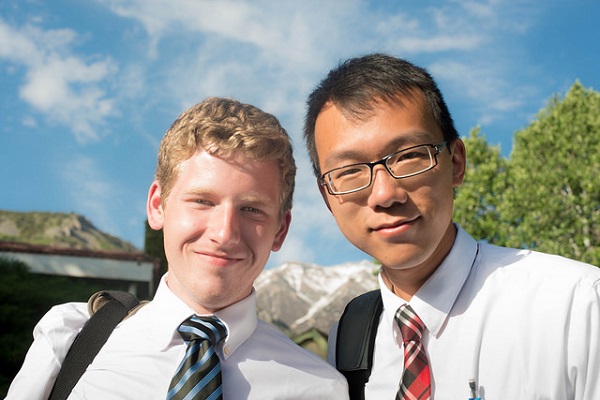
Within the Christian faith, Mormon missionaries are truly eye-catchers. Both men and women missionaries wear business and formal suits. For women, skirts are required to extend well below the knees. Lavish and unnecessary accessories including any form of body art like tattoo or piercing are prohibited. According to the Church of Latter-day Saints, its clothing guidelines are intended to make the missionaries look attractive and professional.










